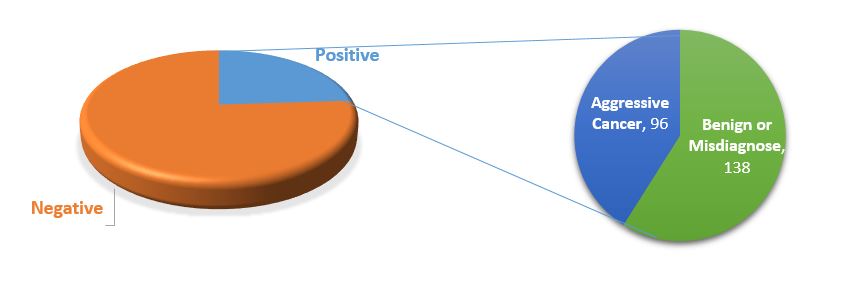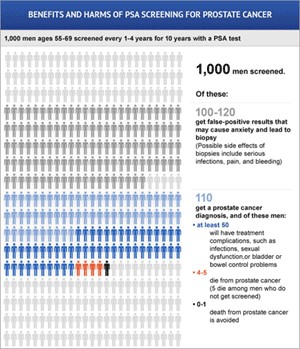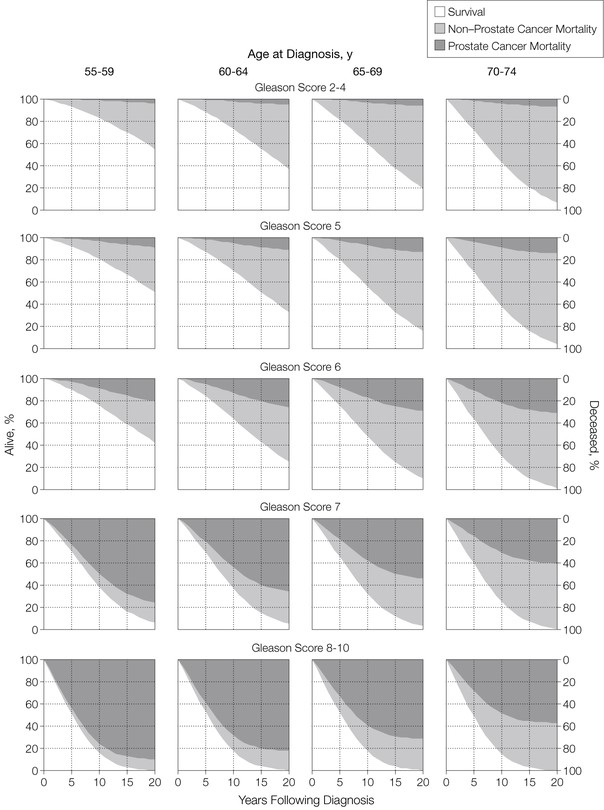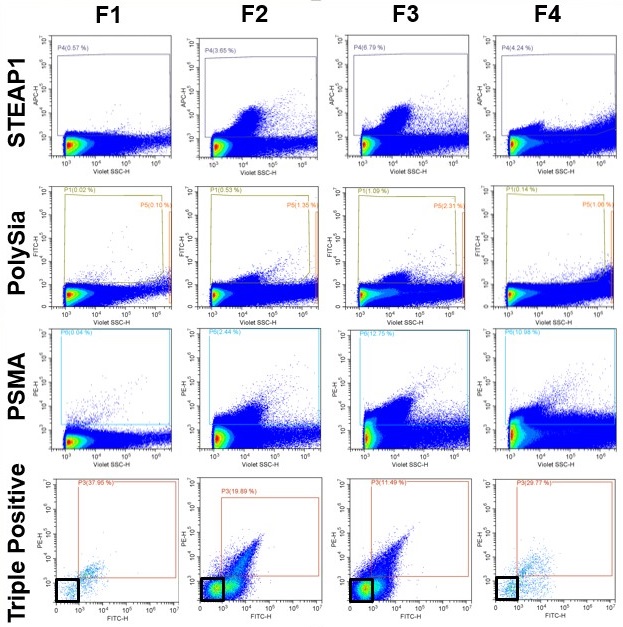A Discovery in the Williams Lab

Making a discovery. It’s what drives scientists around the world to explore new hypotheses and test new questions. It doesn’t happen often, but when it does… wow, is it good. The scientists in Dr. Karla Williams’ lab at the University of British Columbia Vancouver were testing the applicability of extracellular vesicles as both a prognostic and diagnostic indicator in cancers. Currently, the lab focuses on both prostate and breast specific cancers. They diligently worked through to a solution that could revolutionize the way cancer biopsies are conducted and the indicators used to assess diagnosis and long-term outcomes.
For prostate and breast cancers the mortality rates don’t quite correlate to the rate of diagnosis. The majority of patients present in later stages when it is harder to treat. Additionally, there is a significant amount of over-diagnosis in this field. For prostate cancer, the lab was looking at prostate-specific antigen (PSA), an antigen present in prostate cancer patients. For every 1,000 men tested PSA will be elevated in 230. These 230 will have to undergo invasive biopsies revealing that over half of those don’t have prostate cancer but instead either something benign, small and indolent, or a complete misdiagnosis.

Figure 1: Shows the percentage of positive tests and then how many will end up being aggressive forms of cancer versus benign growths or misdiagnoses.

Figure 2
“We need improved methods to detect certain cancers and then we need improved methods for risk stratification within these cancers. This then brings us to the world of liquid biopsies. We want to be able to find out information about how somebody’s body is functioning without having to do elaborate scanning.” – Dr. Karla Williams
Scientists would like to look at the blood and see what type of information the extracellular vesicles can give. For example, cancer cells release different components that provide a window into whether or not an individual has a disease.
Prostate cancer is subject to characterization using the classic Gleason scoring system. This system is used to decide whether someone is low-risk or if they have a high-risk aggressive disease.

Figure 3
The trick then is to be able to identify the most critical prostate cancers while minimizing inconclusive and invasive testing. The Williams lab attempted to do that using nanoscale flow cytometry.
“We looked at whether or not we could use nanoscale flow to develop a test to see if we can characterize EVs that have come from the prostate. We can then look at markers that are on them to say whether or not that has come from an aggressive prostate cancer.”
The lab started looking at prostate-specific membrane antigen (PSMA). While PSMA is the most common marker to explore it is not solely specific to the prostate in spite of its name. So they added in another marker, STEAP-1, that adds specificity as a secondary biomarker. Using flow cytometry, if an individual presents with both PSMA and STEAP-1, you can definitively say that tissue sample came from the prostate. Great, you have biological origin! Now what? How do you determine if this tissue is in a healthy or a disease state?
Answer: You need other biomarkers. Dr. Williams had studied polysialic acid in her research and wanted to see what role it might be playing here. Polysialic acid is present in aggressive prostate cancer cell. “It’s a very interesting glycan, a long-chain sugar. Having these sugars present on a protein dramatically changes how it interacts with its environment and how the protein that is carrying this glycan also functions,” Williams stated.
First, they wanted to make sure that polysialic acid was actually expressed on aggressive prostate cancer cells. To do that Dr. Williams collaborated with Dr. Michael Cox from the Vancouver Prostate Center. They tested tissue samples from individuals over the course of their disease progression or regression; the information collected allowed them to correlate expression of polysialic acid as a prognostic indicator for prostate cancer. They found that a moderate-to-strong level of polysialic acid led to significantly worse outcomes.

Figure 4: Row 1 represents STEAP-1 positive extracellular vesicles. Row 2 presents Polysialic acid positive EVs. Row 3 represents PSMA positive EVs. Row 4, finally, represents a triple positive population, suggesting that all of these can be found on the same vesicular event.
Looking at the levels of a single biomarker out of context of the tissue of origin doesn’t tell you as much. When we can correlate that biomarker with its tissue of origin we gain a lot more information.
“It's once again just the importance of being able to look at more than one thing. If you were going to do something on ELISA of extracellular vesicles it wouldn't tell you about the composition of the biomarkers on that vesicle. Nano flow (cytometry) can tell you about the composition of the biomarkers… Once we start being able to look at things in dual and triple positives then we start to be able to get a much better representation of how someone's health or disease status.” Williams expounded.

Figure 5: Demonstrates the difference in triple positives between low risk and high risk samples.
Once they had the tissue of origin, they took it a step further and applied to the high- and low-risk samples.
“We put low risk and high risk together. Here you can start to see this population here almost separates out from the others and this gives you your triple positive number of events that we're seeing. We can see that there's definite statistical significance in an increase in the number of triple positive extents as detected by nano flow.”
So, you have the marker that says these extracellular vesicles came from the prostate and now you have a cancer marker that seems to say the sample has aggressive disease. This allows you to identify these multiple biomarkers using a needle core biopsy. As this moves into a clinical testing phase it holds the promise of revolutionizing prostate cancer testing for the most aggressive incidences with the potential to move testing from invasive procedures to low-cost “liquid biopsies” via blood/plasma tests.
* Please note this research has not yet been published.
Watch the Full Video
The CytoFLEX is for Research Use Only. Not for use in diagnostic procedures.

